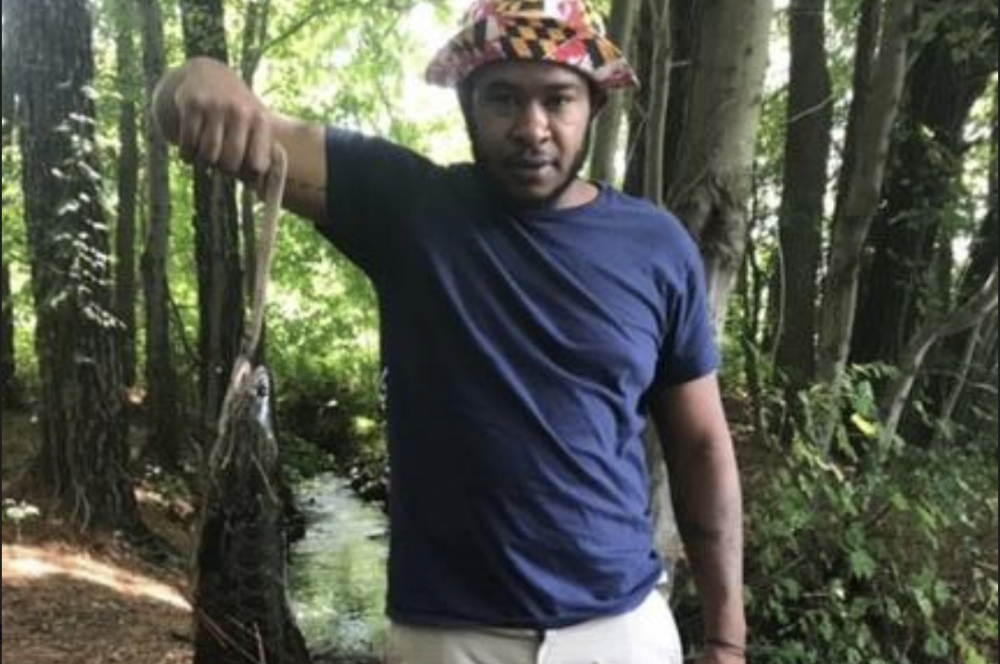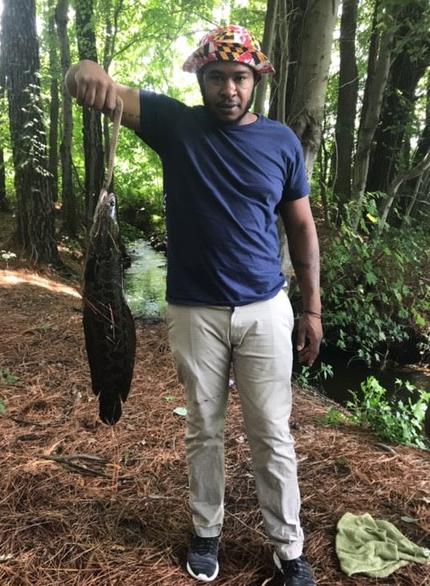The strange fishing season on the Chesapeake this summer has served as another reminder about the importance of Eastern Shore Land Conservancy’s vision for a Delmarva Oasis. This initiative would protect half of our beautiful region for wildlife, farming and continuing the traditions like fishing in the waters of the Wye River. Clearly, fishing is important to me and many of
my strongest relationships have been built by quiet time together in a boat or on a shore or canoeing a river. Some of my fondest fishing memories are with Marquis Roberts – one of my closest friends since we were paired together in Easton’s Big Brothers program in 1994. Back in those early days our favorite outing was a summer evening skiff ride from Bellevue to Benoni Point near Oxford to wrestle with some white perch and stripers while watching a beautiful sunset. But times – and weather – are changing.
As most are aware, it was incredibly wet in this region over the last year. We had so much rain between the springs of 2018 and 2019 that the Chesapeake Bay freshened to a level that freshwater fish species typically locked by salt water into the upper reaches of our rivers suddenly were free to move about the Bay. This summer we have caught our share of perch and a few rockfish, but for the first time our catch has been overwhelmingly dominated by catfish. In one evening of Wye River fishing we caught over 40 lbs. of catfish equally divided between Blue and Channel Cats. The invasive and non-native Blue Catfish is the largest catfish in North America reaching over 100 lbs. – and they eat a lot of everything with potentially serious impacts on Blue Crabs and Menhaden – two species critical to a healthy Bay.
The other fish to benefit from the heavy rains is the Northern Snakehead – another non-native and invasive freshwater fish that is now spreading Bay wide. Like something out of a horror movie, Snakeheads grow large and with big teeth, they feed on anything including small mammals and birds, they can walk across land on their fins and live out of water for up to four days, they lay up to 15,000 eggs several times per year, and their favorite prey is white perch. Yikes!
Extreme precipitation and warming temperatures are also causing changes on land. Since I was a kid the ospreys returned from their southern wintering grounds on my birthday every year – March 12. Over the last decade or so the return date has crept earlier in March and now there is usually at least one spotted in February each year. Many bird species that I record on my annual Christmas and spring songbird counts are staying later in the fall and returning earlier in the spring due to the milder winters. These changes and many others caused by a warming climate and increasing weather extremes are playing out across our lands and waters with mostly unknown consequences.
With these worrisome changes underway I find great comfort in ESLC’s Delmarva Oasis initiative to help our region adapt to change and even thrive long into the future. In striving to protect half of Delmarva by 2030, our approach is to build out our system of hubs and corridors of wildlife habitat to both protect our water quality and allow plants and animals to migrate and evolve as the climate warms. We also will secure our best farmland for growing our food.
Personally, my plan is to keep learning from observation and robust science, to adapt our conservation strategies quickly, and to get outdoors and enjoy the natural world in old and new ways – including fishing for stripers and whatever other species show up in the Bay. I talked with Marquis the other day about Snakeheads and Blue Cats and we both agreed – delicious!
Rob Etgen
President, Eastern Shore Land Conservancy




Write a Letter to the Editor on this Article
We encourage readers to offer their point of view on this article by submitting the following form. Editing is sometimes necessary and is done at the discretion of the editorial staff.